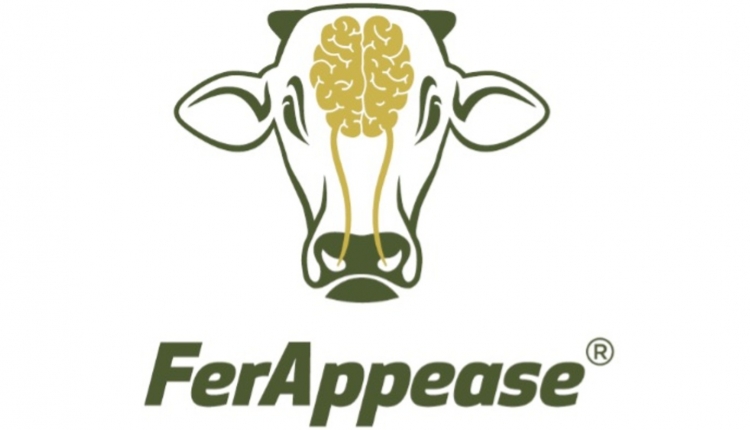
The biggest caution is that we were lapping over a 1.7% drop in production in June 2023, which was the largest percentage drop that we’ve seen in more than 20 years. Bird flu was widespread in Idaho and Colorado last June, with production down more than 3% in both states. Production was also running very weak in California last June, down 2.1%. If you compare June 2025 to June 2023, production was only up 1.5%, which sounds much more reasonable than the +3.3% comparison to 2024.
So, a big chunk of the year-over-year growth in June was due to comparing against a very weak June last year, but the other part of the growth is very real. The U.S. milking herd has expanded by 146,000 head (+1.6%) in the past year. Most of the growth has been in states with new cheese processing capacity; Texas added 46,000 head, Kansas 29,000, South Dakota 21,000, and New York 9,000. But even if you exclude those states, we’ve still seen a net gain of 41,000 head in other states.
There is some skepticism around herd expansion given the lack of heifers on the market. When I work through the numbers, I think herd expansion is real. Slaughter is down 283,000 head in the past 12 months compared to the prior 12 months. With heifers remaining steady compared to last year, it looks possible to add 146,000 head to the milking herd through lower slaughter. On top of that, I know of multiple farms in the 15,000- to 25,000-head range that were being constructed in the past two years, and it looks like they are coming online to fill the new plant capacity. These farmers are likely adjusting their breeding programs to produce more heifers internally to fill those barns.
So, should we expect 3%+ milk production growth for the remainder of 2025? No, I don’t think so. The dairy herd is up 1.6% — I think that is real and with feed costs coming down, milk prices are still okay, and the high value of dairy-beef calves shows that dairy farmers aren’t going to make any significant cuts to the size of the herd in coming months. Because of this, we are looking at cow numbers running 1% to maybe 1.8% above last year through the end of 2025.
Milk production per cow got a big year over year boost in June thanks to a very weak comparable. The year over year comparisons become much more difficult in the second half of 2025, and we’re looking at the production possibilities curve (PPC) growing somewhere between 0.5% to 1%, depending on the month. If you combine the larger herd with the modest growth in PPC, you get milk production running 1.5% to 2.8% through the end of the year. My guess is the July number will still be relatively strong, but we are likely to settle in around 2% growth.








